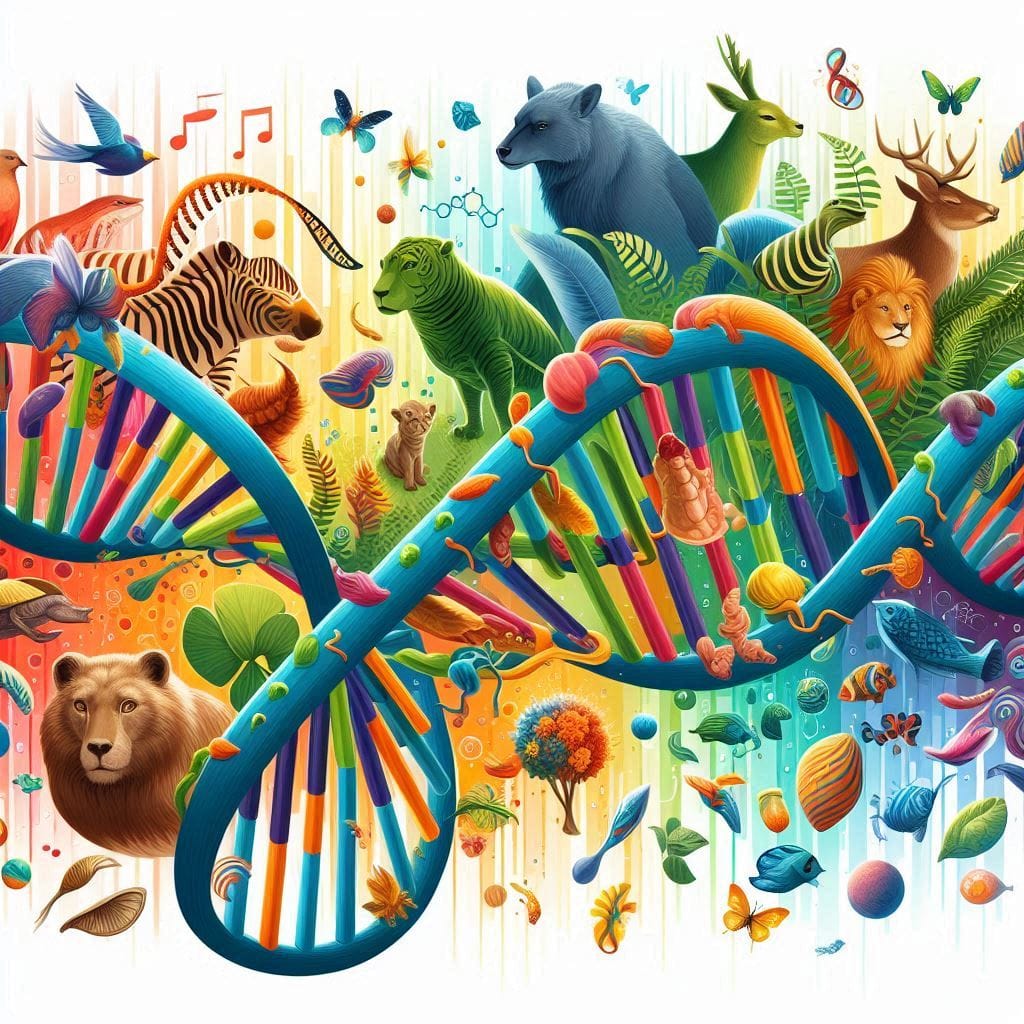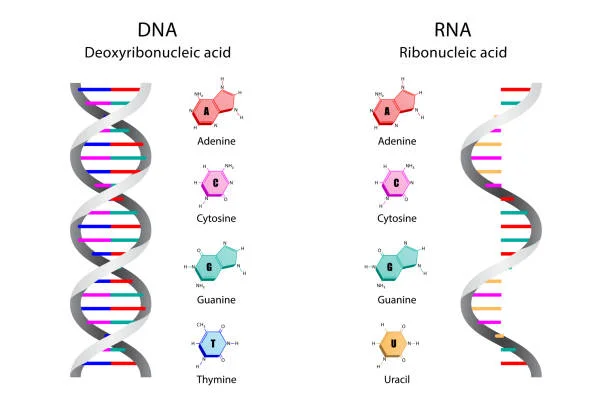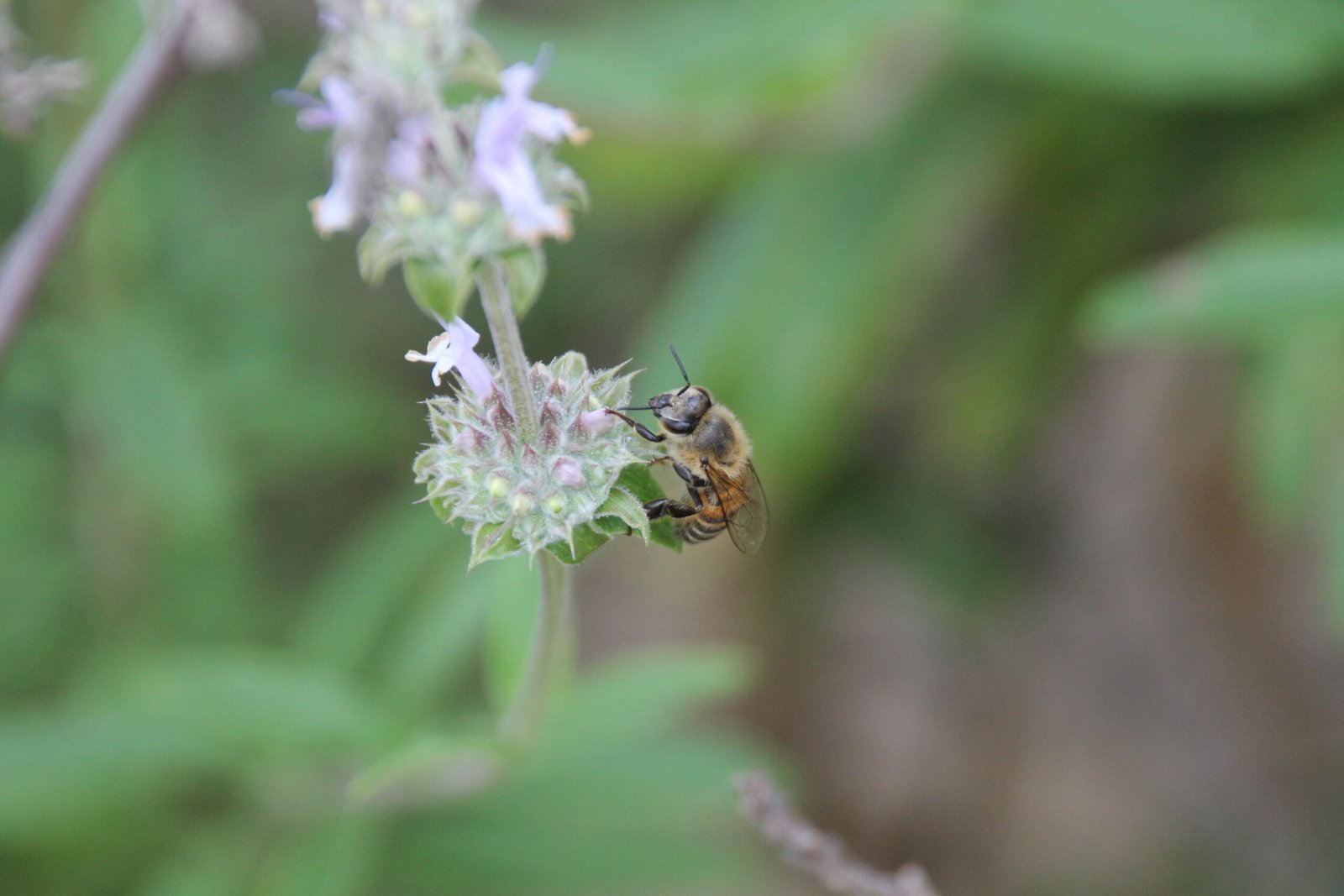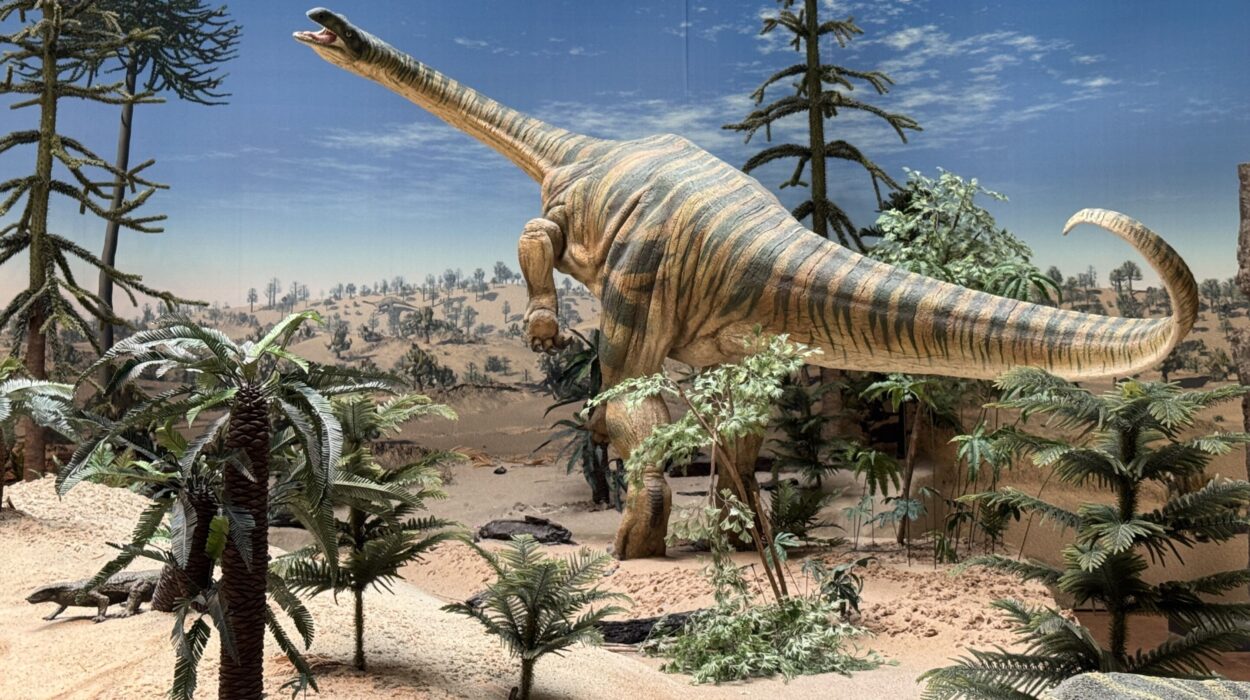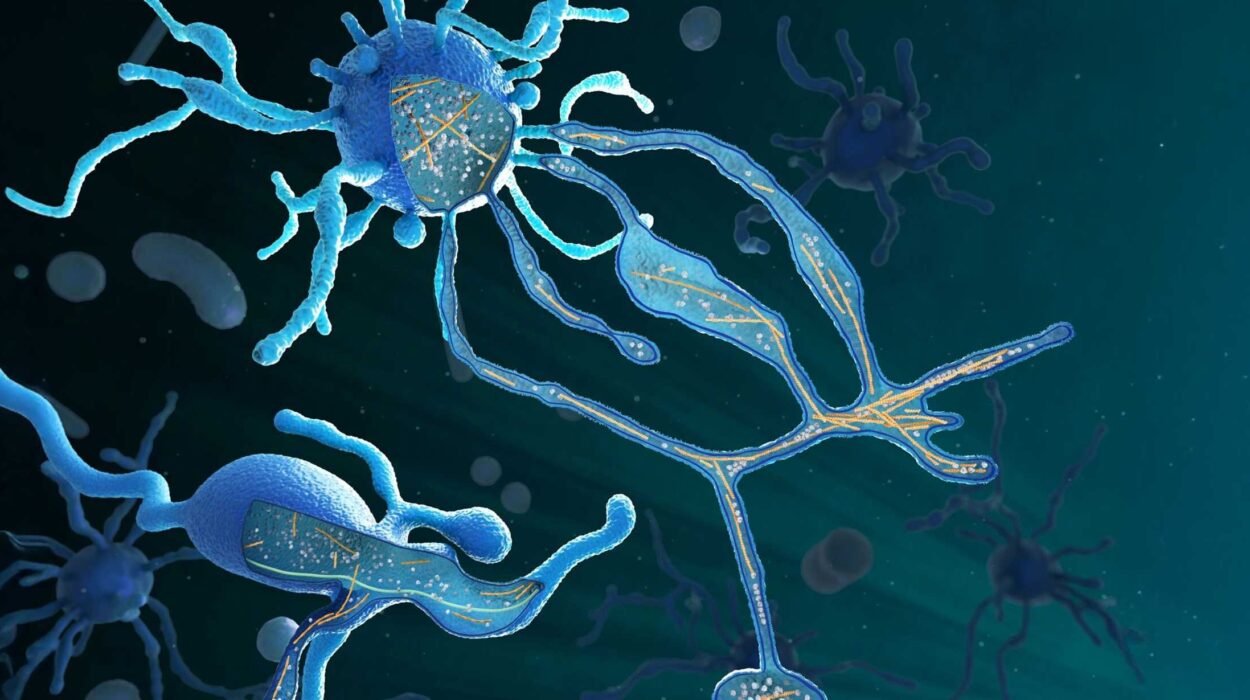Long before humanity discovered the double helix of DNA, we gazed at the world and saw patterns—similar eyes between a cat and a lion, the way a human hand resembles a bat’s wing, or the curious spiral found in shells and galaxies. These visual echoes hinted at something deeper, something connecting all living things. But it was only with the discovery of the genetic code that we began to understand just how deeply life is interwoven. And it is through the powerful science of comparative genomics that this truth shines brightest.
Comparative genomics is the study of the similarities and differences in the DNA sequences of different organisms. By comparing genomes, scientists uncover relationships between species, track evolutionary changes over millions of years, and reveal how the past is written in our very genes. It is a window into evolutionary history not carved in stone, but written in a language of four letters—A, T, C, and G.
What once required fossils, bones, and guesswork now comes with the precision of molecular evidence. And the message is clear: all living things share common ancestry. Evolution is not just a theory; it is a narrative etched into the code of life.
The Birth of Comparative Genomics: Decoding the Tree of Life
The journey began slowly. After Watson and Crick revealed the double-helix structure of DNA in 1953, the dream of reading the full blueprint of an organism seemed like science fiction. But decades of hard work turned that dream into reality. The Human Genome Project, launched in 1990 and completed in 2003, marked a turning point. Suddenly, scientists had the complete instruction manual of a human being—more than 3 billion base pairs long.
But what truly ignited the field of comparative genomics was not just having one genome. It was comparing multiple genomes. When scientists began sequencing the genomes of other species—chimpanzees, mice, dogs, chickens, yeast, and even bacteria—they discovered striking patterns.
The most stunning realization was how much DNA humans shared with other species. We share about 98.8% of our DNA with chimpanzees, our closest evolutionary relatives. Even the tiny fruit fly shares about 60% of its genes with us. These numbers aren’t random—they are fingerprints of common descent.
Just as family trees can be traced by comparing inherited features, species trees can be built by comparing genomes. And these trees, reconstructed from DNA, align almost perfectly with what paleontology and anatomy had already suggested for over a century. Comparative genomics had confirmed the evolutionary connections Darwin had only imagined.
Conserved Genes: The Fossils Inside Our Cells
Some genes are so important to life that evolution has left them nearly untouched for billions of years. These are called “conserved genes,” and they are like ancient fossils hidden within our cells. By studying these genes across species, scientists can trace evolutionary relationships far back into deep time.
Take, for example, the genes that control the basic mechanisms of cell division or energy production. These genes are nearly identical in bacteria, plants, and humans. Such conservation shows that these genes were present in a common ancestor long before complex animals evolved. When a gene changes very little over vast evolutionary periods, it signals that the function of that gene is vital—any harmful mutations would be fatal and therefore removed by natural selection.
One fascinating group of conserved genes is the Hox gene cluster, which controls the body plan of animals. These genes dictate where limbs, eyes, and other structures form during embryonic development. What’s astonishing is that Hox genes are found in everything from worms to humans, with only slight modifications. A gene that tells a fly where to grow wings is a close relative of the gene that tells a human where to grow arms. The code is reused, repurposed, and refined—but not replaced. Evolution, it turns out, is a master of recycling.
Molecular Clocks: Telling Time with DNA
Evolution is not just about connections; it’s also about time. Comparative genomics gives us the tools to build molecular clocks—ways of estimating how long ago two species diverged from a common ancestor. These clocks tick not with gears and springs, but with mutations.
Mutations are small changes in DNA that accumulate over generations. While most are harmless or neutral, over time they act like a record of how long two species have been on separate evolutionary paths. The more differences in their DNA, the longer ago they diverged. And because mutation rates can be estimated, scientists can use these differences to build timelines.
Using molecular clocks, researchers estimate that humans and chimpanzees shared a common ancestor about 6 to 7 million years ago. The common ancestor of all mammals lived roughly 200 million years ago. And all life on Earth—whether a whale, a tree, or a bacterium—traces back to a single common ancestor around 3.5 to 4 billion years ago.
These estimates often align with fossil evidence, providing a double confirmation. Genomics gives us the script, while fossils give us the stage and props. Together, they tell the grand story of evolution.
Endogenous Retroviruses: Ancient Infections in Our DNA
Sometimes, evolution hides its history in the most unexpected places. One of the most compelling genomic evidences for evolution comes from ancient viruses that have inserted themselves into the genomes of animals—including humans.
These are called endogenous retroviruses (ERVs), and they make up a surprising portion of our genome—about 8%. These sequences come from viruses that once infected germ cells (sperm or egg), inserting their DNA into the host genome. If the host reproduced, the viral DNA was passed down to the next generation, becoming a permanent part of the genome.
What makes ERVs powerful evidence for common ancestry is their shared placement. If humans and chimpanzees have the same ERV in the same spot in their DNA, it is astronomically unlikely that the same virus independently inserted itself in the same position in both species. The only logical explanation is that the ERV insertion occurred in a common ancestor, and both species inherited it.
Over time, these viral fossils degrade and mutate, but they remain markers—genetic fossils that show we are all part of an ancient biological lineage, shaped not just by adaptation but also by accidents, infections, and survival.
Pseudogenes: Ghosts of Functional Genes
Our genome contains not only working genes but also broken ones—pseudogenes. These are remnants of once-functional genes that no longer do anything. They are genetic corpses, often missing critical parts or burdened with mutations that prevent them from producing proteins.
But these broken genes are incredibly informative. Many pseudogenes in humans are also found in other species. For example, humans, chimpanzees, and gorillas all share a broken gene for making vitamin C. Most mammals can synthesize their own vitamin C, but primates—including humans—lost this ability due to a mutation in a gene called GULO.
This shared broken gene tells us that our primate ancestors once made vitamin C but a mutation rendered the gene useless. Because fruit was abundant in their diets, there was no selective pressure to keep the gene functional. And because the same mutation is found in multiple primates, it must have happened in a common ancestor.
If each species had been created independently, there would be no reason to include broken or non-functional genes in their genomes—especially the exact same ones. Pseudogenes make no sense under special creation, but they make perfect sense under evolution.
Comparative Genomics and Human Origins
Few topics are more emotionally charged than human origins. Where do we come from? What makes us unique? Comparative genomics has provided astonishing clarity on these questions.
When the human genome was compared to that of chimpanzees, it revealed not only similarity but also specific differences that likely shaped our species. Changes in genes related to brain development, immune function, and speech have all been identified. Some genes, such as FOXP2, are linked to language development and have slight modifications in humans compared to other primates.
We also now know that humans interbred with other hominin species. Genomics revealed that 1–4% of the genome of modern non-African humans comes from Neanderthals, and some populations also carry DNA from another archaic group called the Denisovans. These findings, impossible just a few decades ago, have revolutionized our understanding of human evolution. We are not the lone survivors of a straight-line lineage, but a mosaic of interwoven branches—a species born from complexity.
Comparative genomics hasn’t just answered old questions; it’s posed new ones. Why did only Homo sapiens survive? What role did interbreeding play in our adaptation to new environments? And how did a few changes in our DNA lead to culture, language, and the modern world?
Beyond Species: Genomic Echoes in All Life
Comparative genomics doesn’t just connect us to primates. It connects all life. When scientists compared the genomes of vastly different organisms—yeast, rice, worms, birds, whales—they found that the basic machinery of life is astonishingly consistent.
The genetic code itself is universal. The same codons that instruct a human cell to make proteins do the same in bacteria. This universality is not what we would expect if life arose independently multiple times. It’s what we expect if all life descended from a single, ancient origin.
Even the most exotic creatures share our genes. The Pax6 gene, which controls eye development, is so conserved that the human version can induce eye formation in a fruit fly. That’s not just a similarity—it’s a sign of deep genetic unity across the tree of life.
From bacteria that metabolize sulfur at the ocean floor to birds that migrate thousands of miles, the diversity of life is breathtaking. But under the surface, their genomes whisper the same truth: we are all variations on a theme, shaped by the same molecular processes, born from the same primordial spark.
The Future of Evolutionary Science Through Genomics
As sequencing technologies become faster and cheaper, we are entering a golden age of comparative genomics. Thousands of species are being sequenced, from endangered animals to ancient plants, from deep-sea microbes to extinct hominins. This flood of data is reshaping biology.
It’s also raising important ethical questions. Who owns genetic data? How should it be used? Can genomics be misused to promote eugenics, discrimination, or genetic manipulation?
Yet, at its best, comparative genomics is a force for unity. It shows us that the divisions we place between “us” and “them”—between species, races, or even individuals—are far smaller than we imagined. The vast majority of our genome is shared. We are not separate from nature; we are nature, evolved and evolving.
The story is still being written. Every new genome adds a paragraph to the biography of life on Earth. And with every comparison, the evidence for evolution grows stronger—not as dogma, but as the elegant, evidence-based framework that explains the origin, diversity, and unity of life.
The Emotional Truth in the Code
Science is often seen as cold, analytical, detached. But in comparative genomics, there is something deeply emotional. To look at your DNA and realize it carries echoes of ancient fish, of tiny mammals scurrying under dinosaur feet, of primates swinging in forests—that is not sterile knowledge. It is awe.
Our genomes are not just blueprints. They are time machines. They carry the scars of battles fought and lost, the remnants of old infections, the keys to understanding disease, and the whispers of ancestors long gone. Evolution is not a distant process—it is intimate. It is within us.
Comparative genomics is the mirror in which life sees itself. And in that mirror, we find not isolation, but connection. Not randomness, but beauty. Not despair, but meaning.
